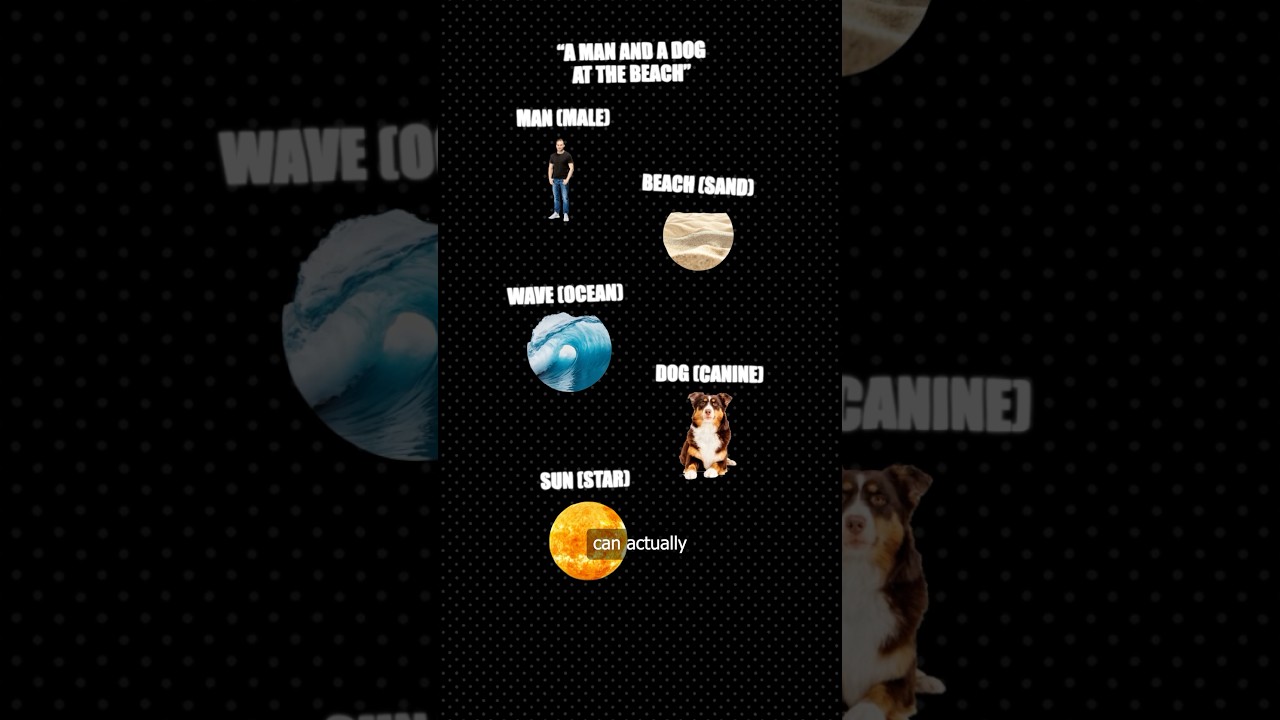Clement Bonnet discusses the limitations of current deep learning models in generating truly creative outputs, emphasizing that simply increasing sample sizes does not enhance creativity. He proposes integrating symbolic program synthesis into these models to better guide the creative process and unlock new levels of innovation.
In the video, Clement Bonnet discusses the intersection of creativity and deep learning, particularly focusing on the limitations of current planning models in generating truly creative outputs. He argues that while these models can produce a wide range of samples, their inherent creativity is not as high as one might expect. Bonnet suggests that the exponential increase in samples required to achieve a higher level of creativity indicates a fundamental limitation in the way these models operate.
Bonnet emphasizes that the current planning architectures rely heavily on sampling, which can lead to a vast array of outputs but often lacks the depth of creativity found in human-generated ideas. He posits that simply increasing the number of samples does not necessarily equate to more creative results. Instead, he believes that there is a need for a more structured approach to enhance the creative capabilities of these models.
One potential solution Bonnet proposes is the integration of symbolic program synthesis into the planning architectures. He argues that by utilizing symbols and sequences of symbols, it may be possible to guide the creative process in a more meaningful way. This approach could help bridge the gap between the rigid structures of current models and the fluidity of human creativity.
Bonnet also discusses the concept of programs as sequences of symbols, which can be manipulated to generate new ideas and solutions. He believes that this symbolic representation could provide a framework for developing more innovative outputs, allowing models to explore creative avenues that are not easily accessible through traditional sampling methods.
In conclusion, Bonnet advocates for a shift in how we approach creativity in deep learning. By incorporating symbolic program synthesis into planning architectures, he believes we can unlock new levels of creativity and innovation. This could lead to more sophisticated models that not only generate a wider variety of outputs but also exhibit a deeper understanding of creative processes.
